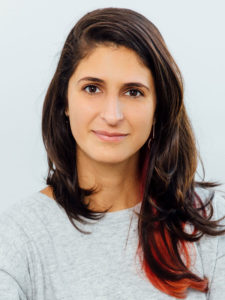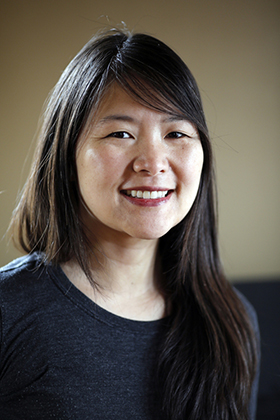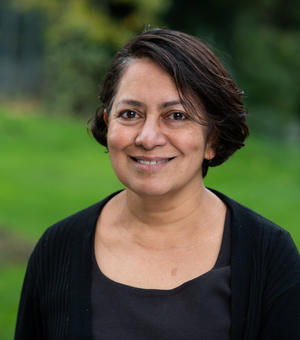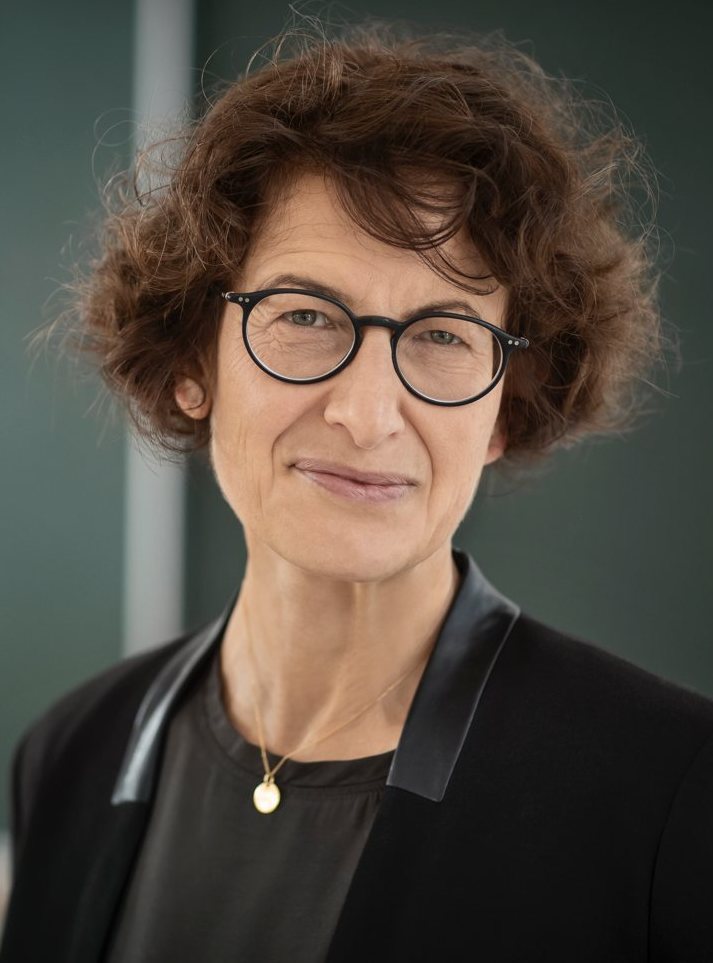Inspirational Stories on the occasion of International Day of Women and Girls in Science
4 minuteRead

On 22 December 2015, UNESCO decided to establish an annual International Day to recognize the critical role women and girls play in science and technology, through Resolution. February 11 is celebrated globally in different ways, big and small as International Day of Women and Girls in Science. The theme for the 7th International Day of Women and Girls in Science Assembly. 2022 is “Equity, Diversity, and Inclusion: Water Unites Us”.
In honor of this wonderful day, here are some inspiring stories about leading ladies in science that you will enjoy reading.
1. Nina Tandon
Source: epibone.com
Nina Tandon is a biomedical engineer who is revolutionizing cell biology. She is the founder and CEO of EpiBone, a skeletal repair company that generates bones. It enables doctors to treat people with bone deformities by using the patient's stem cells to produce new, healthy bones in a lab setting.
They can be customized to the patient's exact measurements. It also implies that rather than battling the new bone, the patient's immune system will accept it spontaneously. Surprisingly, the bone can also grow, which means that children with bone deformities can continue to develop normally.
Tandon has also worked on the creation of beating hearts using the same technique. It's no surprise that she's received numerous honors, like being named a TED fellow and being named a 2015 Global Thinker by Foreign Policy magazine. Nina Tandon's scientific work is absolutely remarkable, and it has the potential to have a significant impact on our health today and in the future.
2. Janet Iwasa
Source: University of Utah School of Medicine
Janet Iwasa is a molecular animator. Although we know a lot about molecular processes, we can't see them directly. Janet's vibrant, action-packed 3D animations depict how molecules look, move, and interact, allowing scientists to visualize their hypothesis and communicate complex scientific knowledge to laypeople.
Iwasa creates her works with high-end animation software, but she's also produced Molecular Flipbook, a free, open-source, 3D animation software application that allows researchers to intuitively and swiftly simulate molecular ideas.
Janet says “My subjects are far too small to see, but through my work, I hope to reveal a world within our cells that is chaotic and beautiful, and — hopefully — also awe-inspiring.”
3. Sunetra Gupta
Source: British Library Blogs
Sunetra Gupta is a polymath of the 21st century. The UK-based scientist, who was born in Calcutta, is not only a professor of Theoretical Epidemiology at the University of Oxford but also a novelist and a translator of Rabindranath Tagore's poems. That's quite a resume. But what exactly does she do in science?
Gupta's main research interests are infectious disease agents like HIV, malaria, bacterial meningitis, and influenza. She earned the Royal Society Rosalind Franklin prize for her scientific efforts in 2009, with a focus on the development of pathogen diversity. Gupta's expertise in infectious illness and epidemiology has seen her become an outspoken critic of government reactions to national lockdowns around the world during the 2020 COVID-19 pandemic.
While Gupta's impact on science is undeniable, her explorations of the linkages between science and literature are as fascinating. Her writings have gained the same acclaim as her scientific achievements, with her most recent novel, So Good in Black, released by Clockroot Books in 2011, on the longlist for the 2013 DSC Prize for South Asian Literature.
4. Donna Strickland
Source: physicsworld.com
Donna Strickland may have the most interesting job on the planet. She makes a living by working with lasers. According to a WIRED article on her work from last year, her specialty is enabling lasers to pulse so brilliantly for a fraction of a second that they "contain more power than the whole US electricity grid."
She got the Nobel Prize in Physics for her contributions to the field, of course. In 55 years, she was the first woman to win the Nobel Prize in Physics. When Strickland won, she commented, "Obviously, we need to recognize women physicists because we're out there."
5. Margaret Hamilton
Source: Massachusetts Institue of Technology
In a 2015 feature of Margaret Hamilton, WIRED noted, "It might surprise today's software creators that one of the founding fathers of their boys' club was, in fact, a mother." In 1960, Hamilton was working as a programmer at MIT, hoping to apply to graduate schools to pursue a Ph.D. in mathematics. But, before she could pursue her ambition, she managed to alter the course of history.
The Apollo space programme began, and Hamilton would lead the MIT team in charge of the Apollo computers' onboard flight software. She accomplished all of this while parenting a toddler and having only an undergraduate degree. Her work was not only revolutionary at the time, but also subversive in that it came from a woman. Hamilton was the quintessential anomaly. The contemporary computing era would not exist if it weren't for her.
6. Özlem Türeci
Source: Wikipedia
Özlem Türeci, the co-founder of the biotechnology company BioNTech, is not only a scientist, but also a physician, an entrepreneur, and a worldwide health leader. Her business developed the first licensed RNA-based vaccination against COVID-19 in 2020, providing much-needed hope amid an extraordinary year of the disaster.
BioNTech employs around 1,300 employees from over 60 nations, with more than half of them being women. According to Türeci, researchers should concentrate on the things they want to alter and the problems they want to solve, while also thinking big and dreaming big.
7. Kalpana Chawla
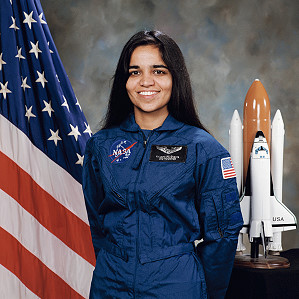
Pic Source: News Nation English
Last but certainly not the least, when we are talking about women in science, how can we miss Kalpana Chawla? Kalpana Chawla was born on 17 March 1962 in Karnal, Haryana. She was an Indian-American astronaut. She joined NASA Astronaut Corps in 1995 and was selected for her first flight in 1997. At that time a lady astronaut was unheard of in India. Even today, there aren't many Indian women who have been to space. In a very unfortunate incident, when she went on her second space mission, the space shuttle Columbia disintegrated after it's entry into Earth's atmosphere, just before the mission was about to conclude. She lost her life along with her crew members. Even today, when we talk about inspirational women, Kalpana Chawla is at the top of the list!
Write, Record and Answer! Consume Unlimited Content! All you need to do is sign in and its absolutely free!
Continue with one click!!By signing up, you agree to our Terms and Conditions and Privacy Policy.




